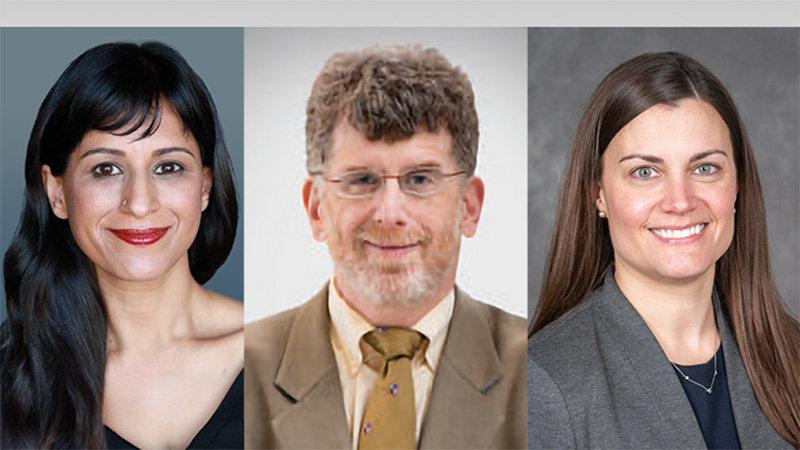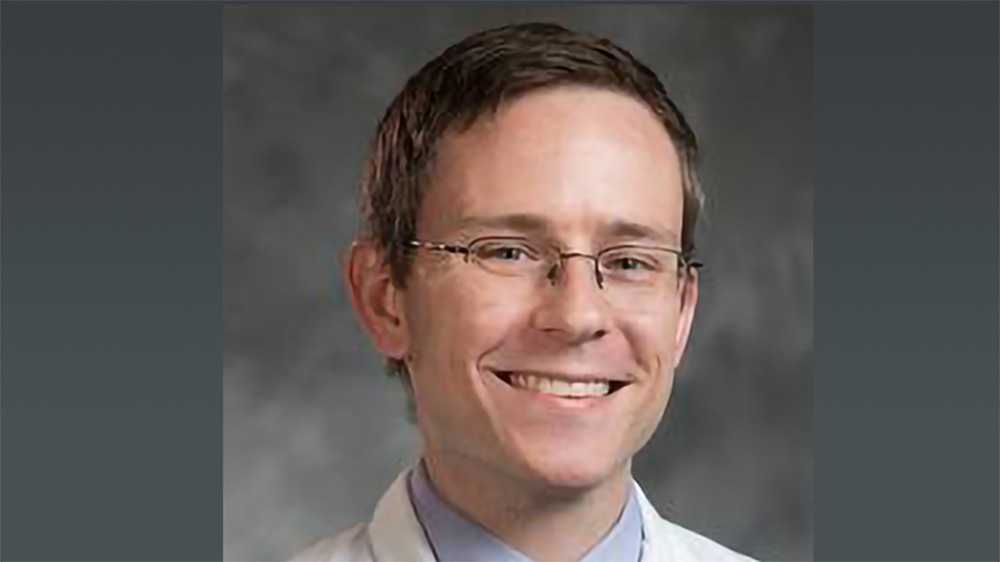by: Brad Stuart MD
Atul Gawande’s brilliant essay in the New Yorker sums up the dilemma we face, whether we’re patients, families, and/or clinicians, as we near the end of life. His point is that we have to face it together:
“People die only once. They have no experience to draw upon. They need doctors and nurses who are willing to have the hard discussions and say what they have seen, who will help people prepare for what is to come – and to escape a warehoused oblivion that few really want.”
What does that statement mean? Let’s break it down. We doctors and nurses have to be willing to sit down and talk about the unspeakable – fine. Then we have to talk from our experience: that medical technology provides diminishing returns as we near death together. Again, no problem, assuming the patient is willing to go there. Many aren’t, including Sara Thomas Monopoli, Gawande’s main character. Remember Dr. Desiree Pardi, the dying palliative care physician who wouldn’t let her colleagues in the room? She wasn’t ready either. It takes a rare kind of leadership to lead people where they deeply, seriously believe they don’t want to go. Well, that leadership may be rare, but more and more of us are cultivating it. Finally, we have to “help people prepare for what is to come.” Now there it is: the crucial element, and, for all of us, I believe, the real problem.
So, for those with advanced illness, what is to come? Death, at some uncertain point in time. Prior to that, loss of everything: possessions, family, friends, control. Preceding that, as Susan Block notes, is fear of the worst kind. Primal, ultimate, universal fear. This fear is precisely what Sara and Desiree, as well as many other patients and clinicians, not to mention our entire society, don’t want to confront. However, we doctors and nurses confront it, in fact welcome it (at least we should), at every family meeting. This fear has 6.5 billion faces, as many faces as there are people threatened with death. That is, all of us.
How should we deal with this fear? What’s missing from this discussion is also missing from the usual clinical encounter, because it’s missing from medical training, because in turn it’s missing from our culture. Let’s face facts: as a tool for dealing with dying, scientific knowledge has failed us. Doctors talk tech, patients talk life. Like the old song says, we have got to get it together, right now.
Confronting fear, and then moving through it, takes preparation. You can only help prepare the dying (all of us) for what is to come if you’re already prepared within yourself. But that requires inner work of – dare I say it? – a spiritual nature.
Fortunately, other gifted and generous people have shown us the way. The awe-full mystery of mortality has been confronted many times throughout history in many cultural settings. Inner work, it turns out, pays off. Answers have been found, not through scientific study but through a transcendent personal understanding of the paradox and mystery of life and death. Not through analysis, but through synthesis.
Just as Gawande uses stories to bring his points down to earth, others have also done in an attempt to illuminate the ultimate mysteries. Jacob wrestled in his tent with the angel all night, earning its blessing but also its lifelong wound. Jesus wrestled in the garden with his Father all night, asking that the bitter cup be taken from him but finally accepting it as his own destiny. Mohammed fought the holy war within, and won only when his soul submitted completely to the will of God (this being, by my reckoning, the real jihad). Buddha confronted the horror of illness and death and transcended it by realizing at the deepest levels of consciousness that there is no boundary between self and world, life and death; in fact, there is no self. In this light I often wonder, as I watch someone REALLY let go at the end of life, whether I’m blessed to be partaking of a process that looks very much like Zen enlightenment.
Please don’t think that I’m advocating religion, or even “spirituality,” as a methodology for solving the problem we have with dying. These stories are just roadmaps, not ends in themselves. Many of them are outmoded. They no longer fit our worldview; new ones are needed. Anyway, our outer-directed culture has concretized these teachings so that they have dried out into lifeless husks that are often useless to those of us who confront death. What lies beneath these stories is what we really need. Under the ground of these teachings flows the water of life. We must dig the well with our own hands in order to drink from this spring.
We need to let go of the delusion that our minds can possess ultimate knowledge. This error, embodied in our death-denying health care “system,” is a cruel and expensive hoax when it’s carried through to the end of life. Science, and scientific medicine, cannot play savior to the dying. There is no “theory of everything” that will ever keep the body alive indefinitely, or satisfy the soul when the body fails, as someday it must.
We need something more like wisdom: a vital, living wisdom that is the product of an inner process that each person must pursue individually to become fully aware. The process we must undergo to be truly helpful is the work of confronting our own fear of annihilation, our own personal demons, our own pain from losing so many people we have loved. What else would cause doctors to lie about prognosis to the patients they have known the longest?
We need to stop lying, of course, but that, as Gawande notes, is extremely hard to do in the face of desperation. There is a way, but it takes time and effort. We need to develop the requisite clarity of mind and heart, to summon the courage, to grow the compassion. Only then can we tell the truth to people who are suffering and scared, and deal constructively with the consequences. Only then can we truly help people prepare for what is to come.
The impending train wreck of US health care is forcing us at last to confront the limitations of life. As Gawande might say, we have met the problem, and it is us. But we are also the solution. Let’s go beyond the dilemma. Let’s talk, openly and honestly, doctors, nurses, patients and families, about how we can handle this together. Let’s get comfortable with the notion that some things just can’t be fixed, and in an ultimate sense, that’s fine. Let’s find out together what’s on the other side of despair. Let’s make self-awareness a goal of medical training. Let’s let in the deep grief and profound joy that dawn in us as one unified experience when we allow ourselves to be truly present with suffering. If we do the REAL work of letting go, the system will take better care of itself, and of the dying, because it will finally have come alive.




